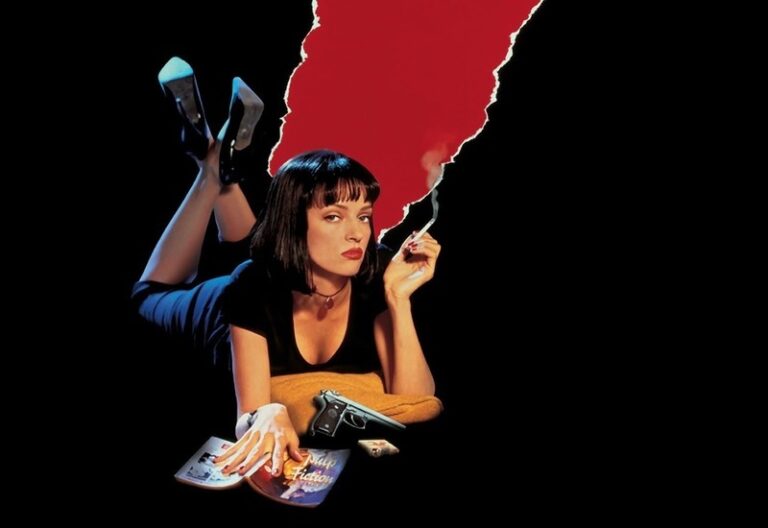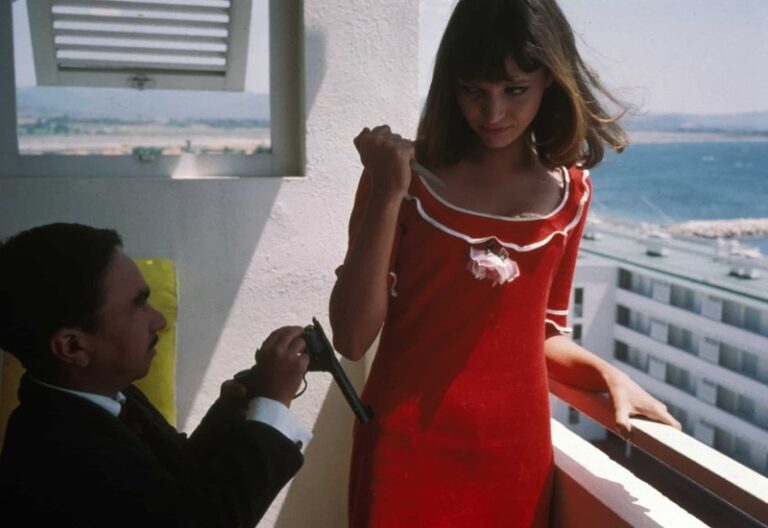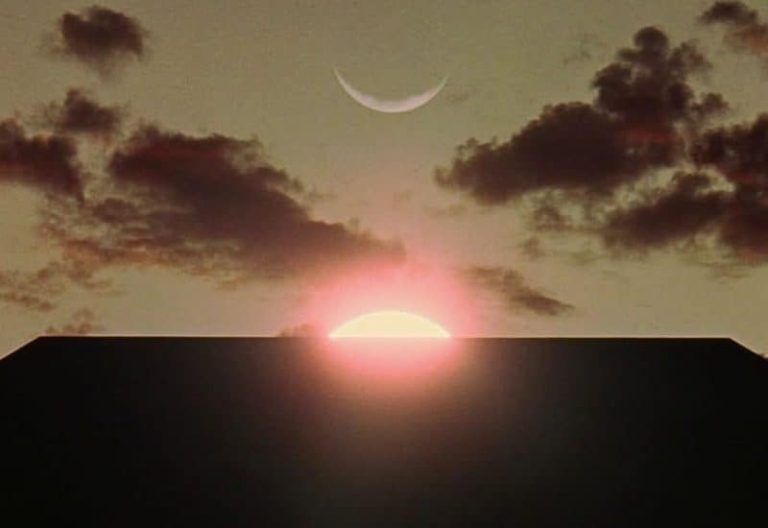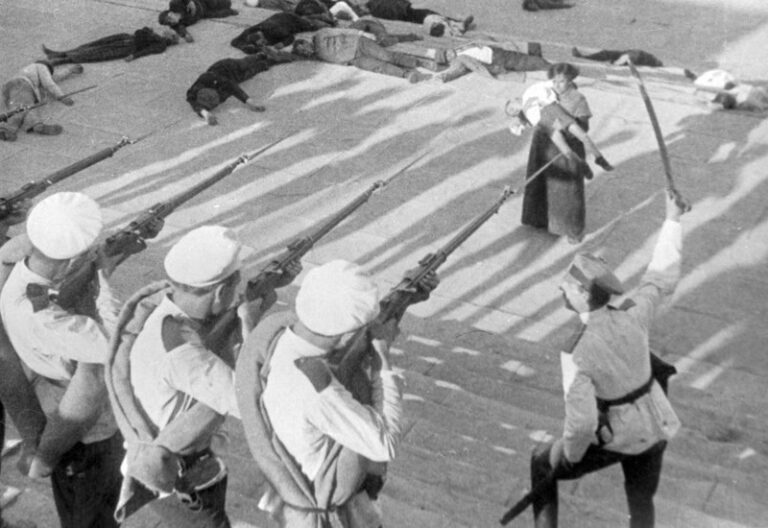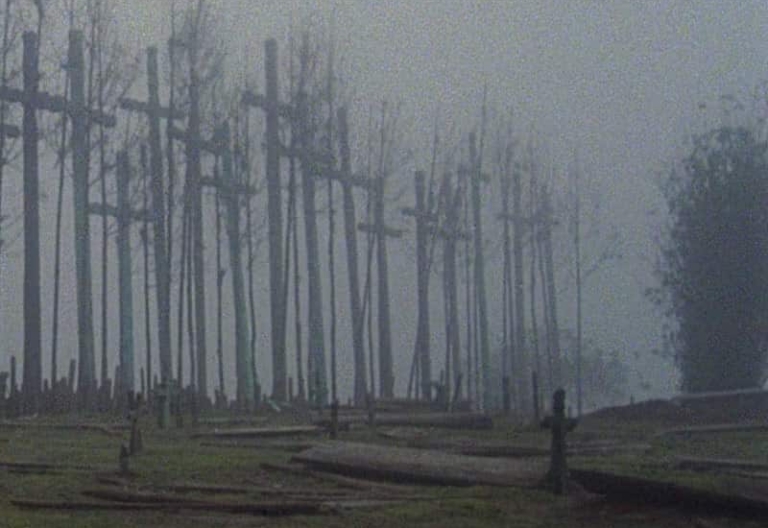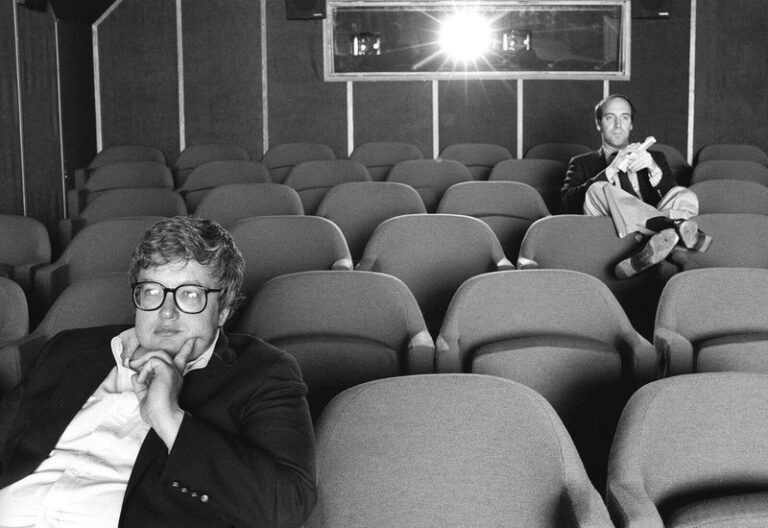auteur theory in cinema
Auteur theory is a critical framework in film studies that views the director as the primary creative force behind a film, often likened to an “author” of a book. This theory suggests that a film reflects the personal vision, style, and thematic preoccupations of its director, making him the central figure in its creation and interpretation.
Published by: CinemaWaves Team | Filed Under: Film Blog
The Origins of The Theory
The concept of auteurism originated in France in the 1940s and 1950s, largely credited to the critics and New Wave filmmakers associated with the magazine Cahiers du Cinema. Prominent figures like Francois Truffaut, Jean-Luc Godard, Eric Rohmer, Claude Chabrol, and Jacques Rivette advocated for this approach. They were inspired by earlier theorists such as Alexandre Astruc, who introduced the idea of the “camera-stylo” or “camera-pen,” in which film was regarded as a form of audiovisual language and the filmmaker, therefore, as a kind of writer in light.
The seminal moment for auteur theory came with Francois Truffaut’s 1954 essay, “A Certain Tendency of the French Cinema.” In this piece, Truffaut criticized the then-dominant “tradition of quality” in French cinema, which he argued relied too heavily on literary adaptations and scriptwriters. Instead, he celebrated directors who infused their films with a distinct personal vision and style, such as Jean Renoir, Alfred Hitchcock, and Orson Welles. Truffaut’s essay laid the groundwork for recognizing the director as the true “author” of a film.
Andre Bazin, a co-founder of Cahiers du Cinema, played a crucial role in shaping and expanding auteur theory. Bazin’s writings emphasized the importance of a director’s personal vision but also acknowledged the collaborative nature of filmmaking. He argued that while directors could be seen as auteurs, the contributions of other key creative figures, such as screenwriters, cinematographers, and actors, should not be overlooked.

The Auteur Theory in the United States
The auteur theory significantly influenced American film criticism and appreciation during the 1960s, primarily through the efforts of critic Andrew Sarris. Inspired by French New Wave critics and their ideas, Sarris became the primary advocate for auteurism in the U.S. In his 1962 essay “Notes on the Auteur Theory,” he outlined three criteria for identifying auteurs: technical competence, distinguishable personality, and interior meaning. His 1968 book, The American Cinema: Directors and Directions 1929-1968, categorized American directors into a hierarchical structure, highlighting those like John Ford, Howard Hawks, and Alfred Hitchcock as top-tier auteurs.
Sarris’s promotion of auteur theory revolutionized American film criticism by encouraging critics to focus on the unique styles and recurring themes in directors’ works. This shift led to a deeper appreciation for directors as artists whose personal vision significantly shaped their films. The theory elevated directors’ status in film culture, spurring audiences and critics to explore the distinct styles and thematic concerns of specific auteurs, thereby transforming how films were analyzed and valued.
The adoption of auteur theory coincided with the Hollywood Renaissance, a transformative period from the late 1960s to early 1980s characterized by director-driven films. Now famous directors like John Cassavetes, Martin Scorsese, Francis Ford Coppola, and Robert Altman exemplified the principles of auteurism, infusing their films with personal style and thematic exploration. Auteur theory also reshaped the perception of genre filmmaking, recognizing the unique contributions of directors like John Ford and Alfred Hitchcock, who brought personal style and thematic depth to genres traditionally seen as formulaic.

Key Characteristics
of an Auteur
Personal vision and style: Auteurs infuse their films with a distinct and recognizable visual style and thematic preoccupations that recur across their body of work. This often reflects the director’s personal experiences, beliefs, and artistic sensibilities, creating a signature style.
Consistency: Auteurs demonstrate a consistency in their creative output, with recurring motifs, themes, and stylistic choices that make their films identifiable as their own.
Creative control: Auteurs maintain significant creative control over their films, usually being involved in multiple aspects of production, such as writing, directing, and editing. It ensures maintaining the integrity and coherence of their artistic expression.
Innovative techniques: Auteurs are known for innovative and pioneering techniques that push the boundaries of the medium. Innovations can range from groundbreaking visual effects to novel narrative structures, continually advancing the film as an art form.
Criticisms of the Theory and its Limitations
Collaborative nature of filmmaking: Critics argue that auteur theory overlooks the collaborative nature of filmmaking. A film is the product of many individuals’ contributions, including writers, actors, cinematographers, editors, and producers. By focusing solely on the director, the theory can marginalize these essential collaborators.
Exclusivity: The theory tends to privilege directors who have the freedom and resources to imprint their personal vision onto a film, excluding those working within more commercial or constrained environments.
Overemphasis on consistency: Some critics contend that the emphasis on consistency and recurring motifs can be limiting, failing to recognize the artistic growth and evolution that directors might experience over their careers.
Modern Perspectives and Legacy
Despite its criticisms, auteur theory remains a foundational concept in film studies and criticism. It has inspired a deeper appreciation for the director’s role in the filmmaking process and has encouraged audiences and critics to explore the personal and artistic dimensions of cinema. Contemporary filmmakers like Wong Kar-Wai, P.A. Anderson, Quentin Tarantino, and Wes Anderson, are commonly discussed in terms of auteurism. Their films are seen as extensions of their unique artistic visions, characterized by distinctive styles, themes, and storytelling techniques.
The digital age has democratized filmmaking to some extent, allowing more filmmakers to assert their auteur status. With the advent of digital cameras and editing software, directors can exercise greater creative control over their projects, reinforcing the auteur theory’s relevance in modern cinema.
By recognizing the director’s role as an auteur, we gain a richer understanding of the films we watch and the visionary minds behind them.
Refer to the main page for more educational insights on filmmaking and cinema history.
Postmodernist film emerged in the latter half of the 20th century, rooted in the broader cultural and philosophical movement of postmodernism. It started as a reaction…
Or La Nouvelle Vague, is one of the most iconic and influential film movements in the history of cinema. Emerging in the late 1950s and flourishing throughout thr 1960s…
In the late 1960s and throughout the 1970s, until mid 1980s, a cinematic revolution unfolded in Hollywood that would forever change the landscape of the film industry. American New…
Juxtaposition is a powerful storytelling technique where two or more contrasting elements are placed side by side to highlight their differences or to create a new, often more…
Third Cinema is a revolutionary film movement that emerged in the 1960s as a response to the dominant ideals of Hollywood (1st Cinema) and European art cinema (2nd Cinema)…
Film criticism is an essential part of cinema, serving as a bridge between filmmakers and audiences. It focuses on analyzing, evaluating, and interpreting films, while providing…

